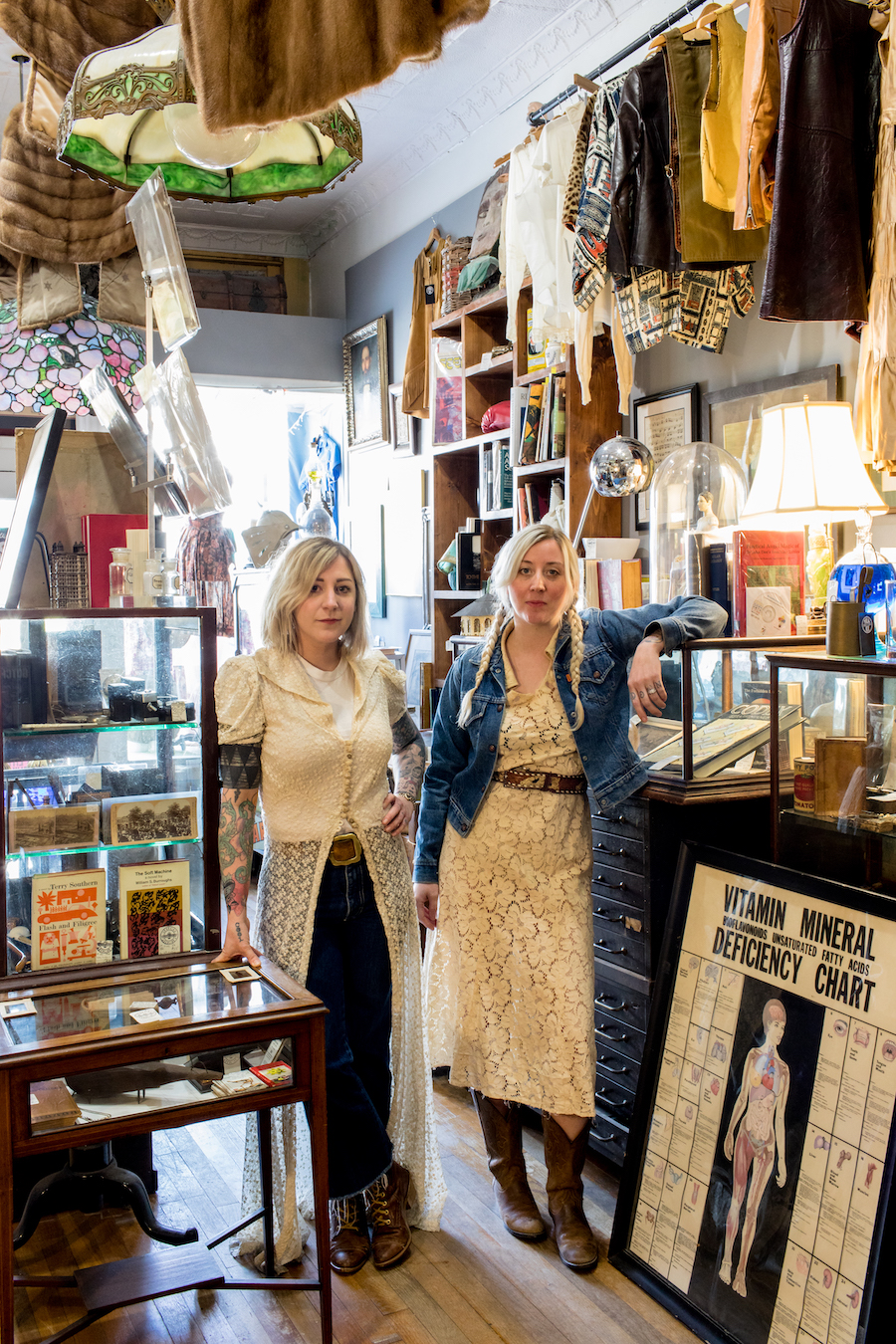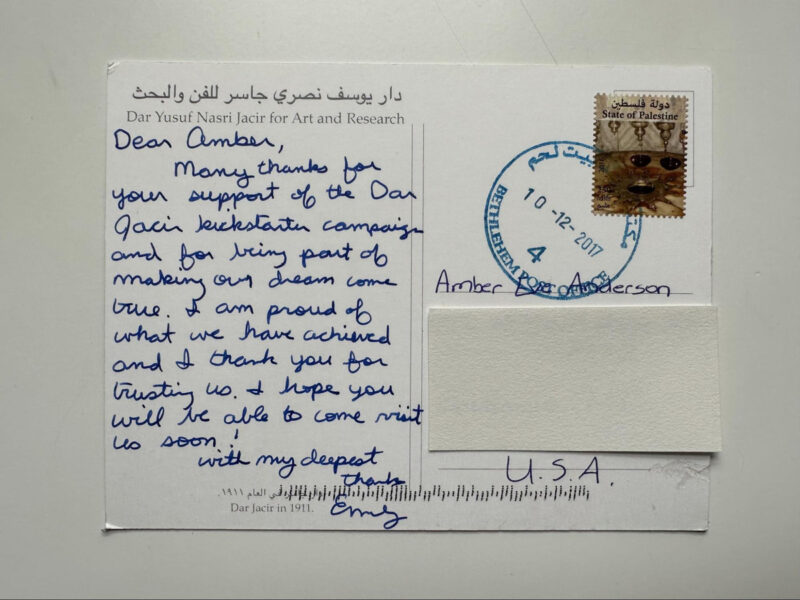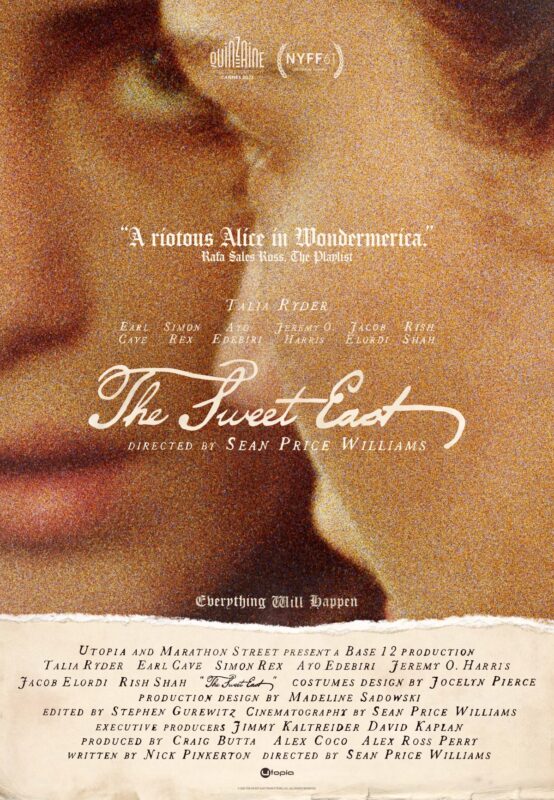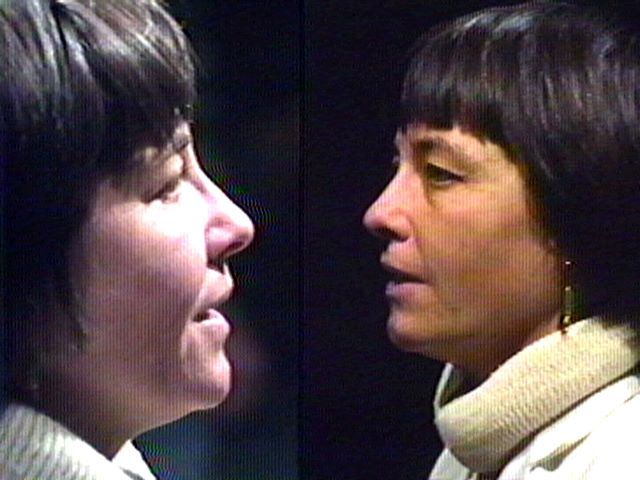In The Art of Cruelty: A Reckoning, about abuse, control, and others forms of violence in art, Maggie Nelson praises turning things off, putting them down, not watching, and avoiding altogether. “In my own life, I know I generally feel very alive and emancipated when I choose to walk out of something. After all, you walk out when you realize that whatever it is that you’re watching, for whatever reason, simply isn’t worth it,” Nelson writes. “The fact that the exit door isn’t barred, the feel of the fresh air on your face when you open it—all of this serves to remind you of how good it feels to angle the full force of your body and attention toward that which seems to you a good use of your short time on the planet and to practice aversion toward that which does not. These are freedoms that life does not always grant; God help us if we would prefer an art that further whittled down the choices.”
There is something so reasonable and freeing about Nelson’s argument here: It is ok to not endure ugly art; there’s no obligation to stick with that which offends or disturbs or makes you just feel terrible. It’s a quote worth digging up around Halloween where guys like me are often telling people that, look, you just have to check out this awful, brilliant spooky movie where a whole bunch of women are murdered. Keep Nelson in mind this Halloween, know you can say no to horror—and likely, will have a reason to say no to some of the ones screening in Baltimore (hint: Zombie and Ghostbusters).
 The Old Dark House (James Whale, 1932)
The Old Dark House (James Whale, 1932)
1932’s The Old Dark House (screening at the Charles, Oct. 26, 28, and 31), directed by James Whale—a queer cinema progenitor best known for Frankenstein and Bride of Frankenstein and likely run out of Hollywood for being out of the closet—about two groups of strangers who end up staying the night in an, um, old dark house because of a rainstorm and have to tolerate and then navigate the bizarre family who owns the house, remains in a strange stasis for all of its 72 minutes. It feels like one of those filigreed episodes of Frasier parodying some old play or something that 9.8 out of 10 viewers don’t even understand but don’t need to, either.
Occasionally, I’ve tossed out a warning to readers about going to see these old movies I’m often gushing about (such as Vera Cruz or Mikey & Nicky) because going to see them means spending money and putting yourself in a room ostensibly alone with a movie full of outdated, often awful mores and attitudes about gender and race, but The Old Dark House, separate from its historical significance, is fun to see with an audience. It’s actually very funny and how its (relative) modernity manifests is always a surprise: a “chorus girl” pretty much admits she’s sorta just fucking this sad rich dude because hey, why not; a devout Christian woman spouts shame and tells one of the women stuck there “you’re wicked too, young and handsome, silly and wicked,” though the movie makes it clear we should be tired of her piety.
And when The Old Dark House isn’t funny, it’s scary in unpredictable ways. An old man (played by an old woman) who looks like something from The Cremaster Cycle talks about their disturbed son stuck up in an attic somewhere and it’s like you’re stuck there nodding, trying to be nice, not wanting to leave and offend because “respect your elders” or whatever. The most overtly monstrous family member is a silent or grunting Boris Karloff prone to drinking too much—a kind of Drinkenstein if you will.
The movie has this Texas Chainsaw Massacre thing going on where it shows creeps living with and on top of each other, absorbing one another’s sick rhythms until they are all annoyed and codependent and will kill for one another and might kill one another, who really knows. And you, the viewer, like the characters are stuck sorting it out in real time, even at the end given only a glimpse of the dysfunction.
 Zombie (Lucio Fulci, 1979)
Zombie (Lucio Fulci, 1979)
A zombie attacks a scuba-diving topless woman and then a shark attacks the zombie attacking the scuba-diving topless woman and the scuba-diving topless woman gets away in Lucio Fulci’s Zombie (screening at the Senator Theatre on Oct. 30). It is a monster movie on muscle relaxers that loafs around when it isn’t delivering gory, knowing setpieces that includes a woman’s eye impaled on a gnarly splinter of a wooden door, a burning shack full of zombies stomping through it, a Conquistador graveyard of zombies climbing out of the ground, and so much more, all set to a sleepy synthesizer score.
There are reasons to hate these ultraviolent gore movies of the ‘70s and director Fulci is often dismissed as one of the ickiest and most artless (whereas Dario Argento’s ornate murder porn or George Romero’s blunt social commentary are celebrated) though I think that’s a wrong evaluation of Fulci. If you can stomach this sort of thing, check out Zombie because Fulci is one of the most compelling, visceral filmmakers, locating a cinematic nexus between gritty and gauche that has little to do with narrative logic and ends up hypnotic. I recently made a Letterboxd list for Halloween labelled “Hypnagogic Horror, Horror as Hangout Movie,” and described the 31 movies on it (including Zombie and The Old Dark House) like this: “horror movies that are too slow, horror movies where nothing much happens, horror movies that feel like a porno with the fucking taken out, horror movies that make you feel like you just snorted heroin, horror movies that capture Poe-like nonsensical ecstatic truth, horror movies where jazz fusion scores all the scares for some dumb reason, horror movies that take the scenic route to just about everything.” Zombie is all of those.
Now, don’t make too much of this but Fulci often cited Antonin Artaud’s “Theater of Cruelty” as an influence which suggests a reason for his movies to be the way they are (Nelson, by the way, segues into the passage I quoted earlier through a discussion of Artaud’s confrontational work). And for what it’s worth, the story goes, he actually thought woman vs. zombie vs. shark was incredibly stupid (it was a producer’s idea), all of which suggests a stable, awful, single vision (and Fulci is wrong about woman vs. zombie vs. shark). You should absolutely see and, really, feel Zombie—but only if you want to, of course.
 The Cabinet of Dr. Caligari (Robert Wiene, 1920)
The Cabinet of Dr. Caligari (Robert Wiene, 1920)
The Cabinet of Dr. Caligari (screening at 2640 Space on Oct. 31 with a live score), a slanted silent horror classic that, despite its Serious Cinema reputation which may make you feel like you’ve already seen it or like it’s a homework assignment, really is pretty ineffable. The plot, which is also a roving metaphor, introduces you to Dr. Caligari, who does a dread-induced sideshow routine presenting a hypnotized man named Cesare who can read minds and predict the future, who Caligari gets to kill people.
The movie itself, film scholars say, predicted the future. There’s a whole book by Siegfried Kracauer titled From Caligari To Hitler (the movie captures the German collective unconscious, fractured and seemingly ready for a strongman sort of huckster such as Caligari): Painted-up actors losing their minds amid angled buildings that look like post-war ruins with shadows painted on the walls rather than projected—the spectre of something ominous (fascism) imprinted on the sets that seem to also predict, say, Hiroshima’s Human Shadow Etched in Stone.
Back in 2012 at 2640 Space, the Occasional Symphony performed an original score to The Cabinet of Dr. Caligari and they’re bringing it back this year with additional original compositions by Occasional Symphony members, some classical favorites you know well though hardly in this context, and some of the most unstuffy classical from the 19th and 20th centuries.
 Ghostbusters (1984)
Ghostbusters (1984)
The Baltimore Symphony Orchestra was locked out by BSO staff and board leaders this summer after its overlords wouldn’t cough up more cash for them, and the musicians recently resolved that dispute so the orchestra is back to playing music, including a live scoring of 1984’s Ghostbusters on November 2 and 3, celebrating the 35th anniversary of this half-‘70s crass comedy (in one scene a Ghostbuster gets a blowjob from a ghost; the movie is often misogynist) and half-‘80s special effects extravaganza.
It seems somewhat appropriate—the movie’s got plenty of working-class energy. Yes, the Environmental Protection Agency are the bad guys here and its collective spirit is put on the shoulder of a team of rugged individualists, but at least it detests the moneyed. And seeing some snarky ghosthunting guys who look like garbage men trudge around and knowing the musicians performing Elmer Bernstein’s Ellingtonian score have a wage increase of 2.4% (among other things), well, I’ll take it.
 Lighthouse (Robert Eggers, 2019)
Lighthouse (Robert Eggers, 2019)
RIYL: Halloween Picks and Screenings
As will always be the case, in an attempt to counter the very convenient though inarguably movie culture-killing world of streaming, I have limited these recommendations to movies that are available at Baltimore’s nonprofit video rental store Beyond Video (2545 N. Howard St.) and movies screening in Baltimore with one exception—which as you’ll see below is streaming but because it is only streaming says a great deal about how fraught streaming is.
Ganja & Hess (Bill Gunn, 1973): Novotny Lawrence’s 2016 book Beyond Blaxploitation discusses this experimental, improvisational Black vampire movie through among many lenses, that of Frantz Fanon’s Wretched of The Earth and Scream Blacula Scream, which is a pretty good way of understanding this oblique Black cinema classic. Beyond Video just got a copy.
The Lighthouse (Robert Eggers, 2019): From the director of 2015’s terrifying, lived-in The Witch, more historical horror, here with Robert Pattinson and Willem Dafoe seemingly duking it out in a lighthouse. The closest to an adaptation of Ottessa Moshfegh’s McGlue we will ever get maybe? Opens at the Charles Theater on Oct. 25.
Pure Blood (Luis Ospina, 1982): The director of this vampirism-is-capitalism serial killer and corruption tale died earlier this month at the age of 70 and I was only able to see this movie because Ospina himself put the whole thing on Vimeo eight months ago. A grim lack of accessibility for one of the most beguiling and brutal, sorta-kinda-scary movies this side of Possession.
Spirited Away (Hayao Miyazaki, 2001): A singular mixture of whimsy and creepiness that is screening at Cinemark Towson Oct. 27, 28, and 30. The sole subtitled screening is on the 28th if you’d prefer not to hear Cliff from Cheers’ voice appear in easily one of the most accomplished movies of this century.
“Trunk Or Treat”: At Bengies Drive-In Theatre way out there in the county, a kid-friendly Halloween triple feature on Friday, October 25 and Saturday, October 26 with Wallace & Gromit: The Curse of the Were-Rabbit, The Addams Family (2019), and The Witches. First movie starts at 7 p.m on Friday and 6:30 p.m. on Saturday. Remember: Bengies is cash-only if you show up and pay.
*This post has been updated to correct the mention of the BSO labor dispute: the musicians did not go on strike, they were locked out.






